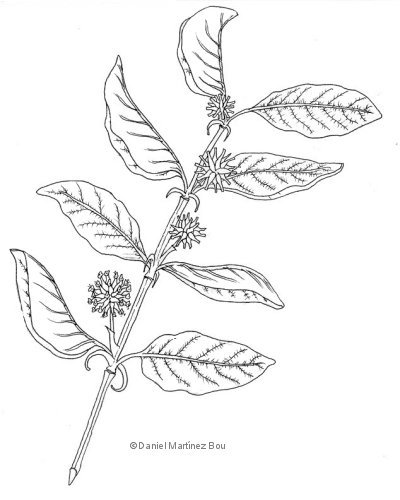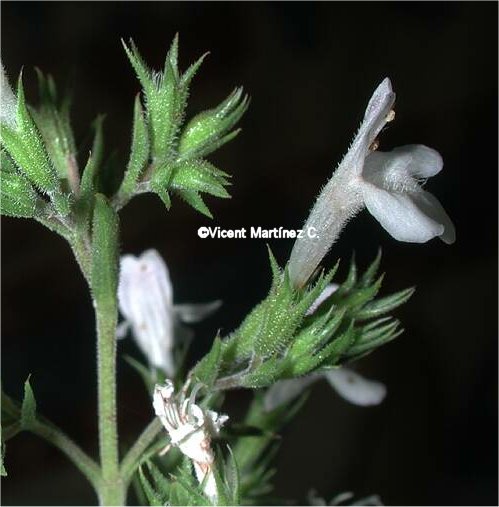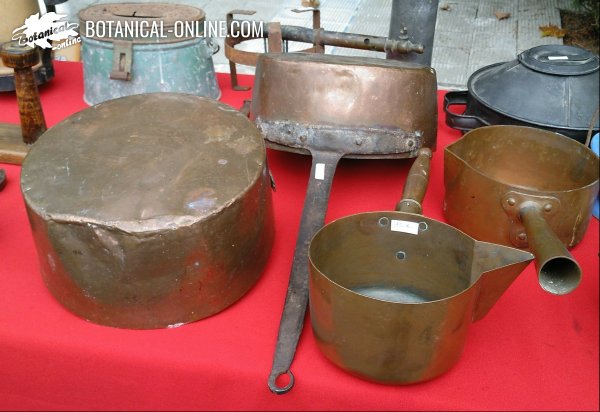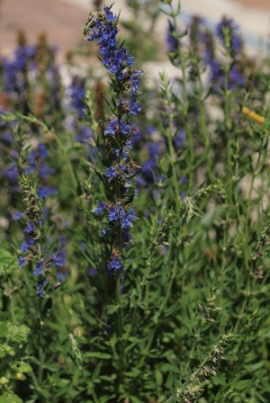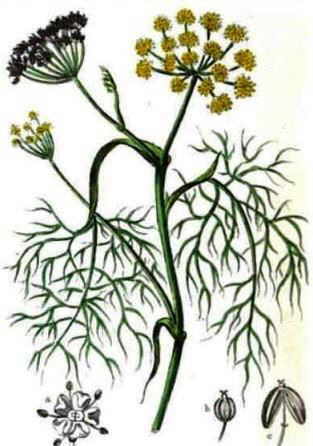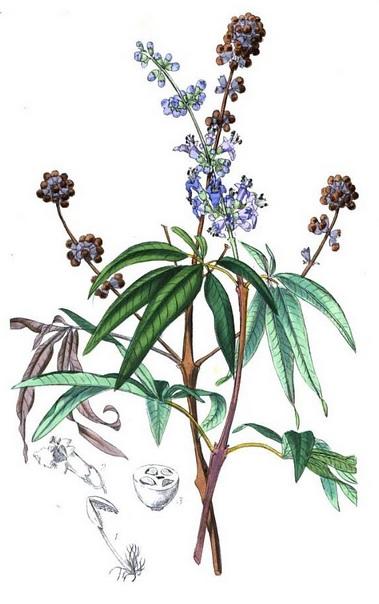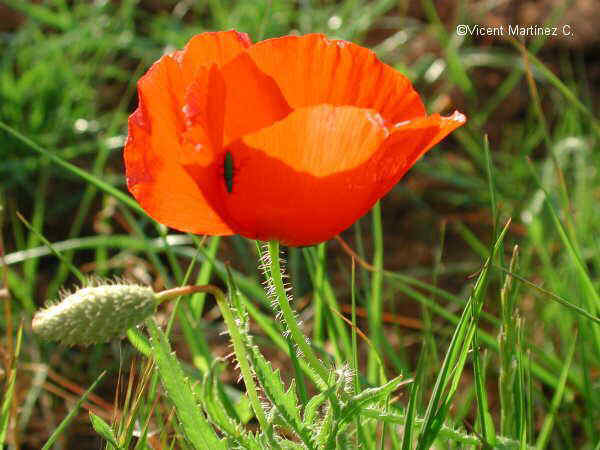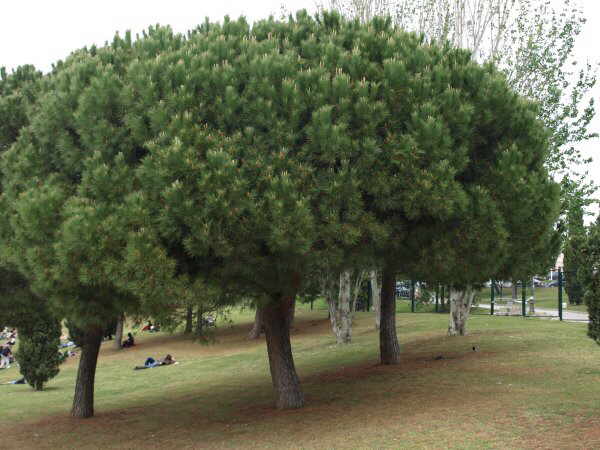Contents
Image of cat’s claw
Cat’s claw (Uncaria tomentosa). Courtesy of ©Dibujosparapintar.com
Uncaria: Tropical plants with medicinal properties
Included within the family of the Rubiaceae, the Uncaria genus comprises about 35 species of tropical plants.
The study of Uncaria species components has revealed that all of them are rich in alkaloids, flavonoids and terpenoids. Many of them have traditionally been used as medicinal plants.
In addition to their medicinal properties, their high content of tannins made some of them very used plants for the tanning industry.
The subsequent use of other chemicals in tanning such as chromium, left aside their industrial use, although the increasingly demanding anti-pollution regulations can activate their use in the future.
The most famous uncaria: Cat’s claw (Uncaria tomentosa)
Some uncarias, such as Uncaria tomentosa, have become well-known as famous phytotherapeutic resources, which has led to an overexploitation of the species that are beginning to see their contingents weakened.
Species of Uncaria (Cat’s claw, uña de gato or gambier)
Among all species of the genus Uncaria, for their medicinal value, we would mention the following:
- Cat’s claw (Uncaria tomentosa): Authentic cat’s claw. It increases immunity, reduces pain, improves circulation and it is being investigated in many applications.
- Uncaria guianensis: In addition to the species Uncaria tomentosa, the species Uncaria guianensis is also name cat’s claw (also Paraguayo and vincaria).
This species grows in places of lower altitude, generally next to the currents of water. Its leaves do not have as much hair and their spines are more curved at the ends.
Since Uncaria tomentosa has been further exploited by widespread demand, the guianensis species is used so much as tomentosa today. In fact, in the current markets of Peru, both species are probably sold to 50%. On the other hand, both species have the same medicinal properties.
- Gambir or gambier (Uncaria gambir): It is a small shrub that grows in the equatorial forests.
Due to its high content of tannins, its bark was widely used in the 19th century for the tanning industry.
Medicinally, its bark has been used for its astringent properties in external use and for the treatment of throat affections through gargles.
As a masticatory it has been used to increase saliva production. Its richness in tannins does not make it suitable for internal use, although it has traditionally been used to treat diarrhea.
- Uncaria cordata: Coming from tropical East Asia, it can be seen easily in the jungles of Thailand. Its medicinal properties have not been studied.
- Uncaria tonkinensis: It comes from Southeast Asia, is used mainly as a depurative, to reduce fever and to increase the salivation.
- Uncaria sclerophylla: It comes from Malaysia, is used for the treatment of corns and calluses.
- Uncaria rhynchophylla: From chine. Used for headache.
- Uncaria longiflora: From Malasya. Used in external treatments for rheumatic pains and for the treatment of mouth fungus.
![]() More information on cats claw
More information on cats claw

